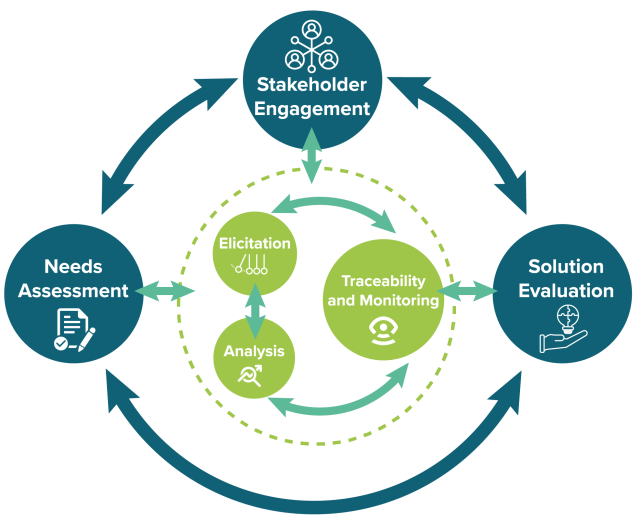ScaleAgData aims to advance smart farming and agro-environmental monitoring through innovative approaches like using hyperspectral sensors and satellite imagery, data sharing, edge computing, privacy-preserving and data integration technologies. These advancements will be investigated and implemented in six research and innovation labs (RILs) that specifically address multiple identified challenges in six vertical domains (water productivity, yield monitoring, crop management, soil health, grasslands and dairy). These RILs will evaluate and demonstrate diverse models or approaches for scaling up and integrating data. Each approach is customized to its specific deployment scenarios and varies in maturity levels.
ScaleAgData adopted an agile and interactive co-design approach, bringing together different stakeholders to identify and align different needs and concerns of each vertical domain. These were then tackled by co-creating methodological frameworks and solutions using the the PMI-PBA1 globally standardized framework tailored to the needs of the project. This framework defines activities and tools enabling the elicitation and documentation of requirements for the envisioned products or solutions, and equally facilitates continuous stakeholder engagement, evaluation and monitoring.
In the co-design framework applied in ScaleAgData, key steps included:
- Identifying stakeholders and their roles, with a special focus on who will use, benefit (end users), or implement/ build (tech. providers) the ScaleAgData frameworks, prototypes, and data products.
- Proceeding with requirements elicitation by analyzing current business problems or opportunities, understanding causes, and gathering information necessary for solution development and implementation.
In the first half of 2023, extensive efforts were made by ScaleAgData partners to co-design the building blocks for innovative approaches with the RILs.
In addition, in the first year of the project, a generic and RIL architecture have been defined, sensor and edge processing methods have been selected and EO data have been collected while spatio-temporal services have been prepared. In addition, a research and innovation environment has been set up and a piloting plan and evaluation methodology for the first iteration have been defined. This marks the end of the first iteration of the co-design and development phase and will support the upcoming technology implementation and validation in a testing environment.
The RILs will soon engage in the second iteration of the co-design, with continuous updates including dynamically adapting the elicitation tools to meet specific RIL needs, and incorporating evolving knowledge such as advances in building data spaces and new EU legislation on data and AI. This co-design approach ensures that requirements evolve naturally, become more comprehensive and more closely aligned with each lab's developments over time.

